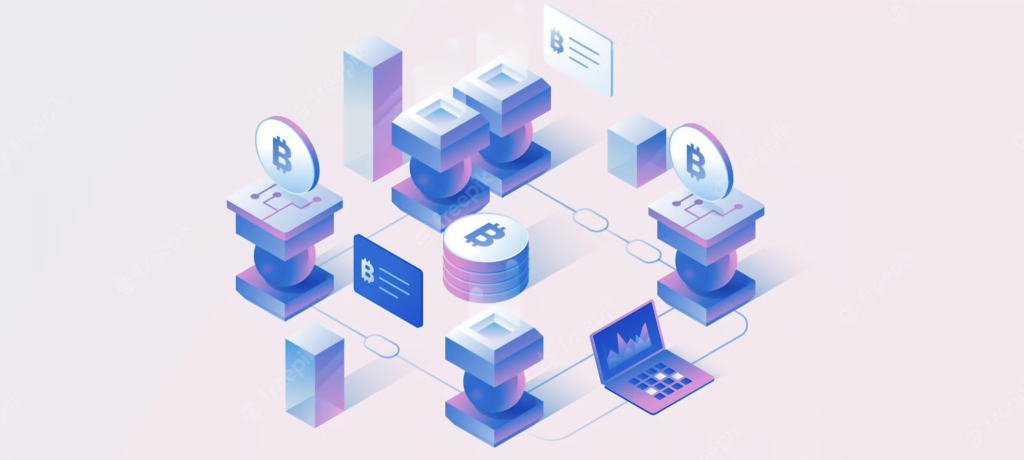The internet has come a long way from its initial development in the 1960s. Web 1.0 brought us static websites, which were later replaced with Web 2.0’s interactive and dynamic platforms. These days, more and more people are asking: is web3 the future?
Web3 is evolving every day and faces many challenges on its path to mainstream adoption. However, there is no doubt that Web3 provides the infrastructure to create a more equitable and open internet. The potential to transform our day-to-day lives in unimaginable ways is clear. Let’s look at Web3’s potential and also some of the challenges ahead.
Web3 Potential and Advantages
Web3 is opening up a world of possibilities for the future of digital interactions and its implications are only just beginning to be explored.
Decentralization
Decentralization means that power or control is spread out among more than one person or group. The lack of a central point-of-fail Web3 decentralization eliminates third-party intermediaries, like Google, from managing user data. Instead, Web3 allows people to directly access, interact with, and store information on a distributed ledger. This means that users can easily conduct financial transactions, increasing transparency, speed, efficiency and accuracy.

Elimination of Middlemen and Intermediaries
Web3 eliminates the need for third parties like financial institutions and major service providers, as well as middlemen. These parties traditionally were necessary to facilitate transactions between different entities. Google’s practices have often been called intrusive and invasive. Why? Well, the company is able to track what sites are visited, how often they’re visited, and even provides personal information to advertisers. Web3 enables direct peer-to-peer exchanges and removes any intermediaries, making transactions quicker and more secure.
Personal Data
A decentralized Web enables users to have more control over their personal data. Web3’s decentralized architecture allows users to store and access their data on a distributed ledger, with no single point of failure or control. This means that individuals are free to choose how they share and manage their data, ensuring that it remains secure and private.

Web3 Challenges
Web3 technology is decentralized and transparent, which means that there are new considerations for data security and privacy. In addition, Web3 applications rely on blockchain infrastructure and smart contracts, which can be difficult to understand and are still in the early stages of development.
Web3 Interoperability and Scalability
Web3 technology presents a wide range of technical challenges, such as scalability and interoperability. Interoperability means that different systems, devices, or pieces of software can work together. Web3 needs to enable fast, secure, and reliable transactions between users without sacrificing privacy or security. Web3 must also be able to scale up quickly when demand increases, and provide an effective mechanism for decentralized applications to communicate with each other.

Regulations and Legal Requirements
Privacy laws have been slow to keep up with technological advances, and Web3’s decentralized nature presents a unique set of challenges for regulators. Online identity verification standards may also need to be developed or updated in order to provide Web3 users with the appropriate level of trust and security. Its potential impact on privacy and data rights makes Web3 a critical issue for governments around the world.
Lack of User Education and Adoption
If Web3 technologies are to reach their full potential, users must understand how Web3 works and why it’s beneficial for them to use it. Additionally, Web3 must be able to persuade users to make the switch from traditional methods of data storage and retrieval. Web3 is still in its infancy, but many developers are already working hard to create user-friendly interfaces that make it easy for people to interact with this new technology.
Is Web3 the Future?
The potential for Web3 is huge, and the opportunities it presents have the power to revolutionize online usage. Web3 technology has many advantages such as decentralization, elimination of middlemen and intermediaries, and more control over personal data. However, Web3 also faces technical challenges such as scalability, interoperability, and user education and adoption. Web3 is still in its early stages, but with continued research and development, it could revolutionize the way we store, share and secure our data on the internet.
Author

Immersive tech enthusiast, diving into the NFT currents reshaping the Metaverse.




